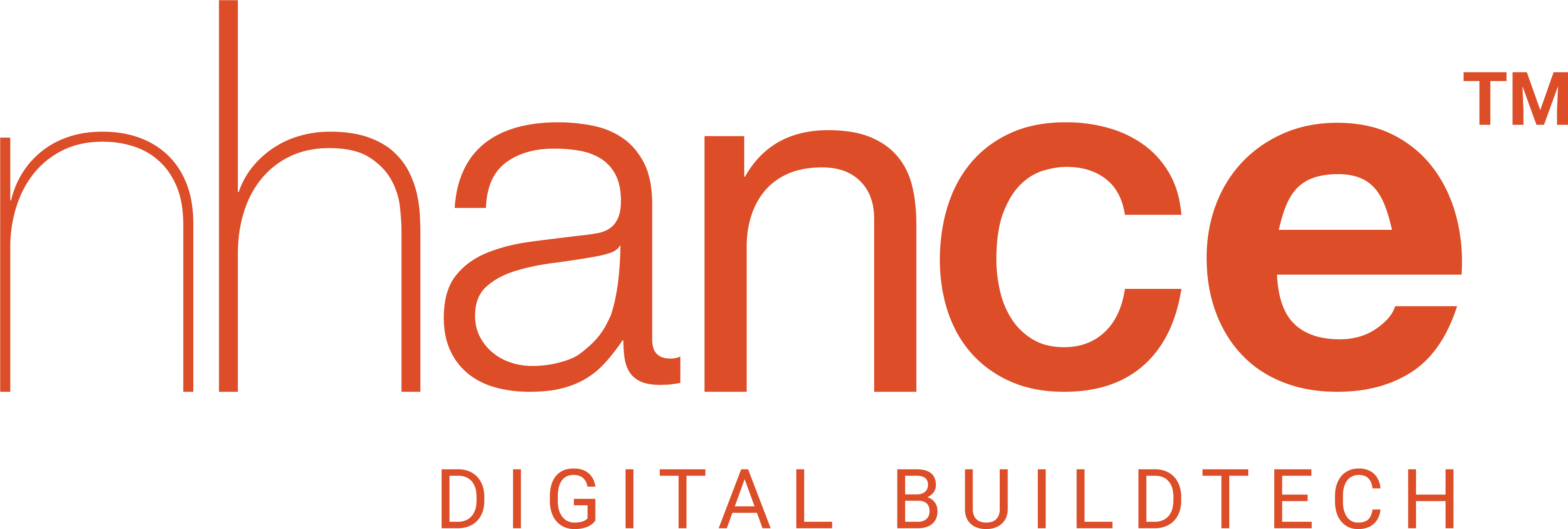Keeping up with today’s constantly shifting technological landscape has become challenging. In order to sustain the changing needs of businesses and occupants, the advancements related to improvements in interior and exterior design, construction techniques, and energy efficiency of buildings have sped up.
The pandemic situation necessitated one such shift of live surveillance to allow building facilities to reopen safely. But live surveillance has now extended to aid the long-term operational efficiency of building facilities. Having the technology to monitor space and building occupancy data is becoming essential for portfolio management, capacity chargebacks, and space allotments.
Value of Building Occupancy Management

Value For Occupants
A physical space must support exceptional performance when it comes to the occupants’ experience, especially today when facilities management has become more about people than physical spaces. Space and occupancy management using technology can provide value for occupants in the following ways:
Favourable Environment – Lighting control systems recognize occupants and change the brightness and control temperature of the space to fit specific preferences. Likewise, environment control systems modify room temperatures as required as per the occupancy level.
The soporific effects of an unfavourable temperature are also eliminated using HVAC systems that monitor and adjust for appropriate air quality. Such systems that support bio-adaptability, increase occupant productivity, creativity, and perhaps even health. The space availability information given by occupancy data also enables hygienic environments by allowing better cleaning schedules.
Easy Scheduling of Space – AI-managed reservations for spaces are modified and updated up until the start of the meeting. This allows automatic, flexible scheduling of space depending on the occupancy requirements.
Improved Connectivity – Real-time data from occupancy sensors allow visibility into available spaces and improve connectivity within teams. This helps in eliminating last-minute chaos if different teams need the same space. The occupancy information allows time to plan an alternative in advance.
Interactive & Collaborative Spaces – Employees can interact with this smart infrastructure through a smartphone interface, which offers location awareness and wayfinding, real-time occupancy status of rooms and collaborative spaces, workstation vacancies, and dynamic control over lighting and ambient settings.

Value For Business
Facility managers have hectic schedules as they struggle to maintain budgets, keep tabs on spreadsheets, and control a quick-paced, changing ambience. An occupancy management system can effectively help them and provide value for the business in the following ways by gathering data on space occupancy.
Effective Space Vulnerability Assessment – Adaptive capacity scheduling achieved through occupancy management actively manages occupancy and enables an effective building footprint at peak hours.
Optimum Resource Utilization – Sensors gather precise information on occupancy that help in adjusting temperature, humidity, and light levels, to even the use of the coffee maker and napkin dispensers. This information can also help in minimizing resource wastage and carbon footprint and controlling the building environment automatically.
Optimized Costs and Productivity – Efficient use of resources results in optimized costs by eliminating space wastage, effective energy usage etc. The smart occupancy management system provides anticipated occupancy information that helps in saving time in finding spaces. This in turn helps improve employee productivity by offering required space at the right time.
Operational Efficiency – The information about the time duration of space use extracted from the security badging system, when paired with occupancy information, serves as a true indicator for improving building operations. Anticipatory awareness makes building maintenance and management more effective and efficient, reducing waiting times through real-time space availability tracking.
Meeting rooms, conference facilities, washrooms, cafeterias, etc. are some places where traffic can be easily optimized. Based on the information, facility managers can make important decisions about space, additional requirements, and the employee experience while ensuring value to the business.
Security and Safety – Some systems like time of flight sensors can capture a wider depth of vision and movement, and can even work in dim light or even complete darkness. They not only aid occupancy management but also ensure building and occupant safety and security by allowing timely preventive actions to be taken during an emergency.
Increased ROI – Businesses with precise footfall data have a far clearer understanding of visitor flow, allowing them to arrange their staffing levels appropriately and increase productivity. Any investment in occupancy and visitor management assists in efficiently restructuring the operations for the future.
Undoubtedly, occupancy regulation powered by smart technologies at disposal enriches human experiences and consequently helps businesses increase their ROI. The innovative building technologies available today facilitate this seamless management.
At nhance, we offer smart space and intelligent occupancy management solutions that drive efficiency in buildings/facilities with an array of IoT sensor integrations. We help businesses plan and predict the future by creating space requirement forecasts with ease. If you’re looking to reduce operating costs, increase the sustainability of your property, and maximise efficiency contact us here or visit nhance.ai.








